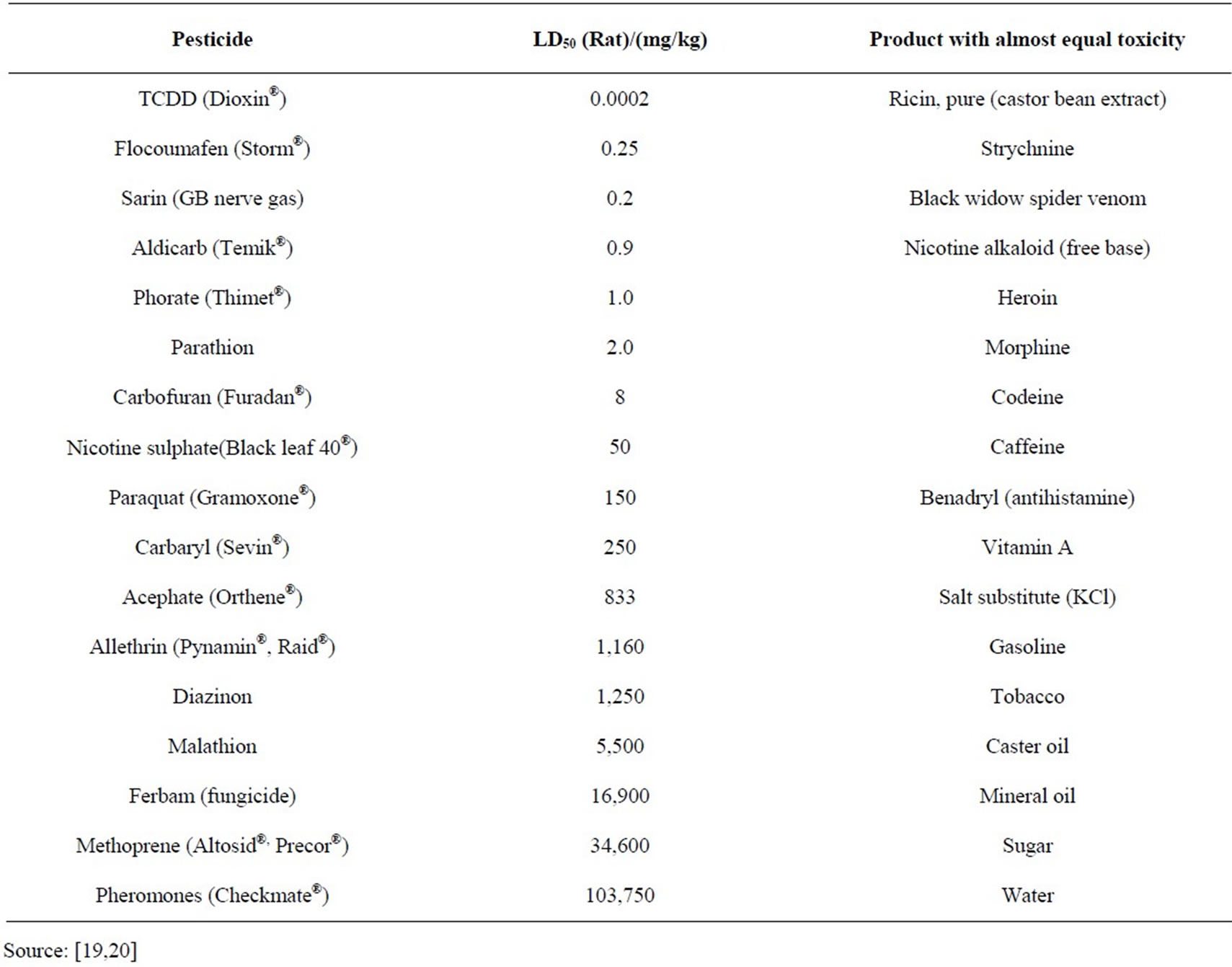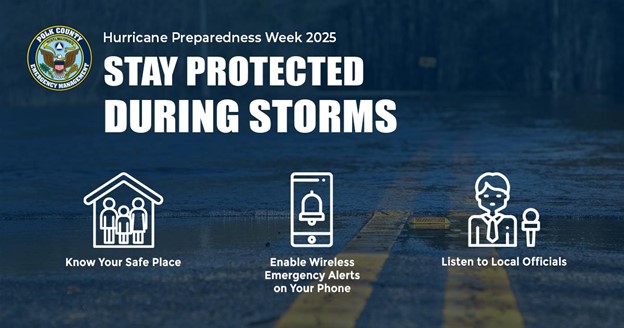Report on Water Reuse as a Catalyst for Sustainable Development Goals
Introduction: The Untapped Potential of Wastewater
Urban and industrial sectors generate approximately 1 billion cubic meters of used water daily. A significant portion of this volume is discharged into the environment without treatment, posing a substantial challenge to environmental health and water security. The capture and purification of this wastewater represent a critical opportunity to advance several Sustainable Development Goals (SDGs). By treating and reusing water, nations can reduce pressure on finite freshwater sources, mitigate pollution, and mobilize new sources of financing for sustainable infrastructure, directly contributing to the objectives of SDG 6 (Clean Water and Sanitation).
Current Status and Challenges in Global Water Reuse
While global water reuse capacity has tripled over the last two decades and continues to expand at a rate of nearly 7% annually, its overall contribution remains limited. Key statistics indicate a significant gap between potential and practice:
- Total water reuse accounts for only 12% of municipal freshwater withdrawals.
- For potable and industrial applications, the reuse rate is a mere 3%.
This disparity underscores the urgent need to scale up reuse initiatives to meet the targets outlined in SDG 6.3, which calls for halving the proportion of untreated wastewater and substantially increasing recycling and safe reuse globally.
Aligning Water Reuse with the Sustainable Development Goals (SDGs)
Water reuse is a financially sound and environmentally responsible strategy that directly supports the achievement of multiple SDGs when supported by enabling frameworks. Its implementation is a powerful tool for building a more sustainable and resilient future.
- SDG 6 (Clean Water and Sanitation): Water reuse is fundamental to achieving Target 6.3 by improving water quality through the reduction of pollution and the expansion of safe wastewater treatment and reuse.
- SDG 11 (Sustainable Cities and Communities): By providing a reliable and local water source for urban centers and industrial parks, reuse enhances urban resilience and contributes to Target 11.6, which aims to reduce the adverse per capita environmental impact of cities.
- SDG 9 (Industry, Innovation, and Infrastructure): The practice supports the development of resilient infrastructure and promotes sustainable industrialization (Target 9.4) by ensuring a secure water supply for industrial processes, fostering a circular economy.
- SDG 12 (Responsible Consumption and Production): Reuse embodies the principles of Target 12.2 on the sustainable management and efficient use of natural resources by transforming wastewater from a liability into a valuable asset.
- SDG 17 (Partnerships for the Goals): Scaling water reuse depends on effective public-private partnerships (Target 17.17), as public policy and funding are essential to create the conditions needed to mobilize private sector participation and finance.
Strategic Framework for Scaling Water Reuse
A robust framework built on public policy, regulation, and strategic funding is essential for creating the enabling conditions to expand water reuse. The business case is strongest in municipal and industrial sectors where wastewater generation is geographically close to the point of potential use. This report focuses on these sectors, drawing on global data and real-world examples to demonstrate the viability of water reuse.
Key Recommendations and Cross-Cutting Themes
Differentiated roadmaps are necessary for national and state governments, municipalities, utilities, and corporate industries. However, several cross-cutting themes emerge as universally critical for advancing water reuse in line with the SDGs.
- The establishment of reuse ambitions and integrated strategies: Combining clear targets with integrated water resource planning is crucial for governments to systematically work towards achieving SDG 6.
- Support for programmatic approaches: Implementing reuse projects at scale, rather than as one-off initiatives, helps lower costs, mitigate risks, and accelerate progress towards SDG 9 and SDG 11.
- Clear pricing signals and regulations: Predictable economic and regulatory environments are necessary to create the conditions for private sector participation, a cornerstone of SDG 17.
- The design of bankable investments: Utilizing appropriate delivery models and financing instruments, including the efficient use of public funds, is vital to attract the capital needed for building the resilient water infrastructure required by SDG 6 and SDG 9.
1. Which SDGs are addressed or connected to the issues highlighted in the article?
SDG 6: Clean Water and Sanitation
- The article’s central theme is the treatment and reuse of wastewater generated by cities and industries. This directly addresses the core mission of SDG 6, which is to ensure the availability and sustainable management of water and sanitation for all. The article highlights the problem of untreated water being “discharged into the environment” and proposes reuse as a solution to “lower pollution” and “reduce pressure on freshwater sources.”
SDG 9: Industry, Innovation, and Infrastructure
- The article discusses the need for infrastructure to capture and purify used water, focusing on “urban centers and industrial parks.” It emphasizes creating “bankable investments” and “enabling frameworks” for water reuse projects, which aligns with SDG 9’s goal of building resilient infrastructure and promoting sustainable industrialization.
SDG 11: Sustainable Cities and Communities
- The article explicitly names cities as major generators of wastewater, stating that “Cities and industries generate nearly 1 billion cubic meters of used water each day.” By promoting the treatment and reuse of this water, the article addresses the challenge of managing municipal waste and reducing the environmental impact of cities, a key component of SDG 11.
SDG 12: Responsible Consumption and Production
- Water reuse is presented as a method for the “environmentally responsible” management of a natural resource. By turning wastewater from a pollutant into a resource, the article advocates for a circular economy model that supports the efficient use of natural resources, which is central to SDG 12.
SDG 17: Partnerships for the Goals
- The report emphasizes the need for collaboration between different actors. It calls for “public policy, regulation, and funding” to create conditions that “mobilizing private sector participation and finance.” It provides roadmaps for governments, utilities, and corporations, highlighting the importance of public-private partnerships to achieve the goal of scaling water reuse.
2. What specific targets under those SDGs can be identified based on the article’s content?
SDG 6: Clean Water and Sanitation
- Target 6.3: By 2030, improve water quality by reducing pollution, eliminating dumping and minimizing release of hazardous chemicals and materials, halving the proportion of untreated wastewater and substantially increasing recycling and safe reuse globally.
- The article directly addresses this by noting that much of the “1 billion cubic meters of used water each day” is “untreated and discharged into the environment.” The entire premise of the report is to increase water reuse to “lower pollution.”
- Target 6.4: By 2030, substantially increase water-use efficiency across all sectors and ensure sustainable withdrawals and supply of freshwater to address water scarcity.
- The article supports this target by presenting water reuse as a way to “reduce pressure on freshwater sources,” which is a key strategy for increasing overall water-use efficiency and ensuring sustainable supplies.
- Target 6.a: By 2030, expand international cooperation and capacity-building support to developing countries in water- and sanitation-related activities and programmes, including wastewater treatment, recycling and reuse technologies.
- The World Bank report itself, which “draws on global data and real-world examples” and provides “differentiated roadmaps,” is an example of capacity-building support aimed at helping various entities advance water reuse.
SDG 9: Industry, Innovation, and Infrastructure
- Target 9.4: By 2030, upgrade infrastructure and retrofit industries to make them sustainable, with increased resource-use efficiency and greater adoption of clean and environmentally sound technologies and industrial processes.
- The article’s focus on the “industrial sectors” and promoting water reuse as a “financially sound and environmentally responsible approach” directly relates to retrofitting industries with clean technologies to improve resource (water) efficiency.
SDG 11: Sustainable Cities and Communities
- Target 11.6: By 2030, reduce the adverse per capita environmental impact of cities, including by paying special attention to… municipal and other waste management.
- The article identifies cities as primary generators of used water and frames wastewater as a waste management issue. Treating and reusing this water reduces the negative environmental impact of cities.
SDG 12: Responsible Consumption and Production
- Target 12.2: By 2030, achieve the sustainable management and efficient use of natural resources.
- The article promotes water reuse as a key strategy to more efficiently manage freshwater, a critical natural resource, by reducing the need for new withdrawals.
SDG 17: Partnerships for the Goals
- Target 17.17: Encourage and promote effective public, public-private and civil society partnerships.
- The article explicitly calls for a multi-stakeholder approach, mentioning the need for “public policy, regulation, and funding” to mobilize “private sector participation and finance.”
3. Are there any indicators mentioned or implied in the article that can be used to measure progress towards the identified targets?
Implied and Mentioned Indicators
- Proportion of wastewater safely treated (Indicator 6.3.1): The article implies this is low by stating that “much of [used water] is untreated and discharged into the environment.” Progress would be measured by an increase in the proportion of the “1 billion cubic meters of used water each day” that is captured and purified.
- Change in water-use efficiency (Indicator 6.4.1): The article provides data points that can be used to track this indicator, such as the fact that “global reuse capacity has tripled over the past 20 years and is expanding at nearly 7% annually.” It also notes that “total water reuse… still accounts for only 12% of municipal freshwater withdrawals,” providing a baseline to measure improvement.
- Level of water stress (Indicator 6.4.2): While not providing a direct measurement, the article’s stated goal of water reuse is to “reduce pressure on freshwater sources.” Progress on this indicator would be the measurable reduction in withdrawals from freshwater sources in areas that implement water reuse.
- Amount of private investment mobilized for sustainable infrastructure (Relates to Target 17.17): The article implies this as a key metric for success by emphasizing the need for “bankable investments” and policies to create “the conditions for private sector participation” and “mobilize new sources of financing.”
4. Create a table with three columns titled ‘SDGs, Targets and Indicators” to present the findings from analyzing the article. In this table, list the Sustainable Development Goals (SDGs), their corresponding targets, and the specific indicators identified in the article.
| SDGs | Targets | Indicators (Mentioned or Implied in Article) |
|---|---|---|
| SDG 6: Clean Water and Sanitation | 6.3: Improve water quality, reduce untreated wastewater, and increase reuse. | Proportion of the “1 billion cubic meters of used water each day” that is treated (relates to Indicator 6.3.1). |
| 6.4: Increase water-use efficiency and address water scarcity. | Annual growth rate of water reuse capacity (stated as “nearly 7% annually”); Percentage of total water reuse from municipal withdrawals (stated as “12%”) (relates to Indicator 6.4.1). | |
| 6.a: Expand international cooperation and capacity-building for water programs. | Provision of “differentiated roadmaps” and “global data” by international bodies like the World Bank. | |
| SDG 9: Industry, Innovation, and Infrastructure | 9.4: Upgrade infrastructure and industries for sustainability and resource-efficiency. | Adoption of water reuse technologies in “urban centers and industrial parks.” |
| SDG 11: Sustainable Cities and Communities | 11.6: Reduce the adverse environmental impact of cities, including waste management. | Volume of municipal wastewater captured and reused instead of being discharged. |
| SDG 12: Responsible Consumption and Production | 12.2: Achieve sustainable management and efficient use of natural resources. | Reduction in pressure on freshwater sources due to water reuse. |
| SDG 17: Partnerships for the Goals | 17.17: Encourage effective public, public-private, and civil society partnerships. | Amount of private sector finance mobilized for water reuse projects. |
Source: worldbank.org







